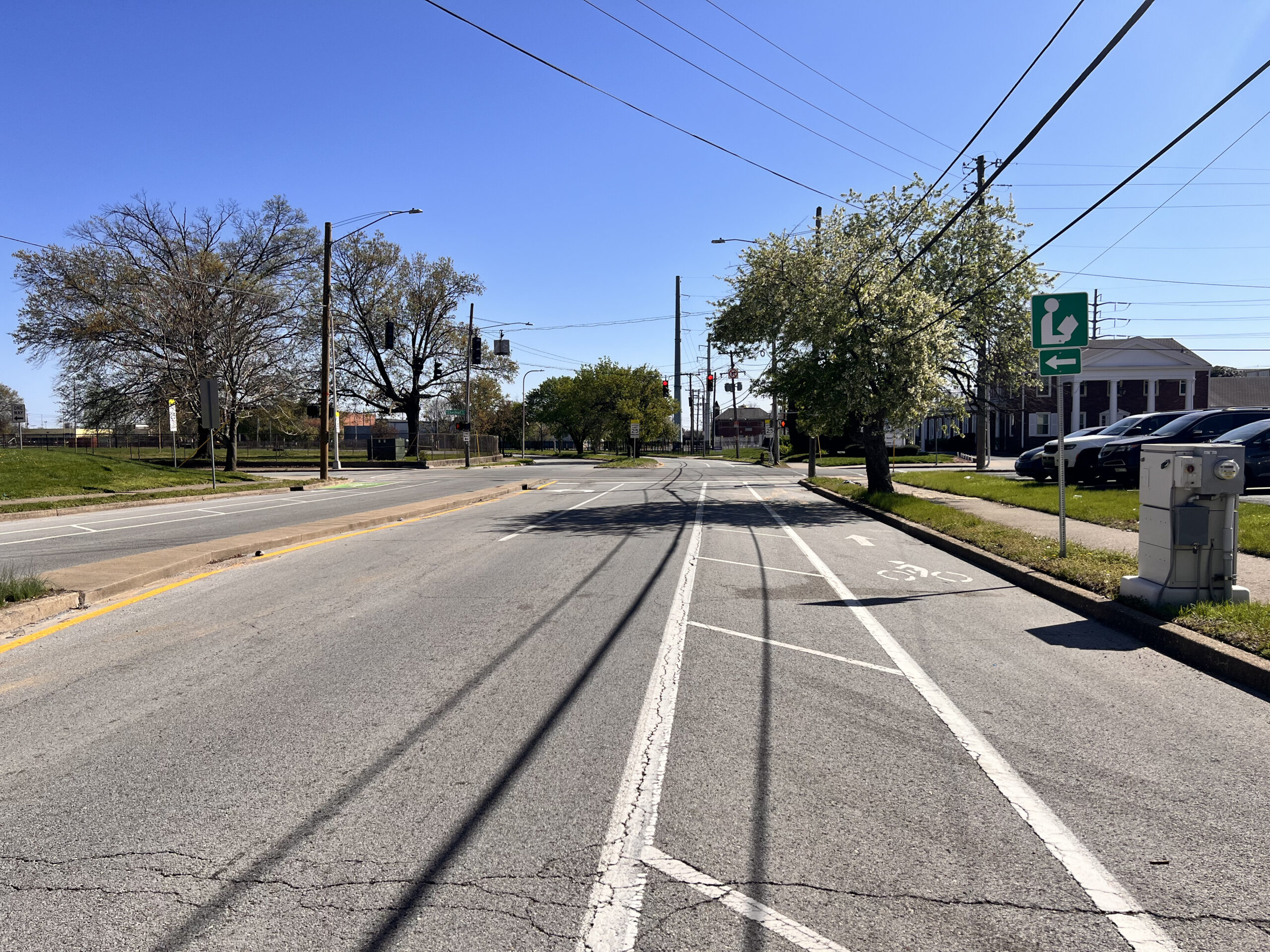Over twenty accidents happened in a few hours starting around midnight, Wednesday, January 30, 2019, as a snow storm which was part of the Polar Vortex of 2019 dumped several inches of snow across the city. The snow kept falling through the night creating treacherous roads and streets.
The Kentucky Transportation Cabinet issued an alert covering Louisville and the surrounding areas stating that all major roadways were affected. Out of the 20 crashes, 10 were considered “major” by MetroSafe, which said that the first crash happened around 11:40 pm Tuesday on I-64 and involved a car and a semi-truck. There was one confirmed serious injury in that crash, but no reports on the number of injured in the other crashes.
Trimarc listed the following road closures during the storm:
- I-64 West at MM 2.8 Area of 22nd Street
- I-264 West at MM 14.6 Area of Newburg Rd
- I-264 East at MM 9.2 Ramp to Taylor Blvd
Snowy Road Auto Crashes
Residents of Louisville are no stranger to driving in the snow and ice, but even experienced drivers can be overwhelmed by slick roads. When roads freeze, drivers may not realize how bad it is until it’s too late. Driving in the snow is tricky because many drivers can get traction and operate their vehicle even in very slick conditions. With technology like ABS braking and electronic stability control, drivers can feel like things are normal, however once a car starts sliding gaining control is more difficult if not impossible.
Who’s at Fault in a Snowy Road Crash?
The law does not change with the weather when it comes proving fault in and auto accident. Even in good and bad weather, an injured victim of a car accident must show that the other driver was negligent. The deciding factor was whether the driver was taking reasonable care when operating the vehicle.
This means that if the roads are icy and slick, then the driver has to adjust his or her driving to reflect the conditions. In other words, slow down and pay attention. For example, if the driver is going too fast for conditions, then even if he or she did everything they could to avoid running into the person in front of them, the liability will probably fall on the driver.
How to Avoid Snow Collisions
The best thing to do is to slow down. Stopping times are dramatically reduced when the roads are slick. This means that speed and momentum are much more dangerous, and the only way to adjust is to slow down. According to the American Automobile Association there are things a driver can do to reduce the risk of snow accidents.
- Accelerate and decelerate slowly.
- Drive
- The normal dry pavement following distance of three to four seconds should be increased to eight to ten seconds.
- Know your brakes.
- Don’t stop if you can avoid it.
- Don’t power up hills.
- Don’t stop going up a hill.
- Stay home.
Do I need an attorney?
If you are injured driving in the snow, you might need an attorney to help you get compensation. While this is not always necessary, insurance companies will often try to put the blame on you or even the icy roads so that they won’t have to pay as much money.
Don’t let this happen to you. Talk to an attorney who knows the law regarding snowy roads and has the experience with insurance companies and courtrooms. When you call Kaufman & Stigger, PLLC, at 800 937-8443, you will immediately speak to a member of the legal team and not a message machine. You can also Live Chat with an expert who can immediately began helping you with your claim.










